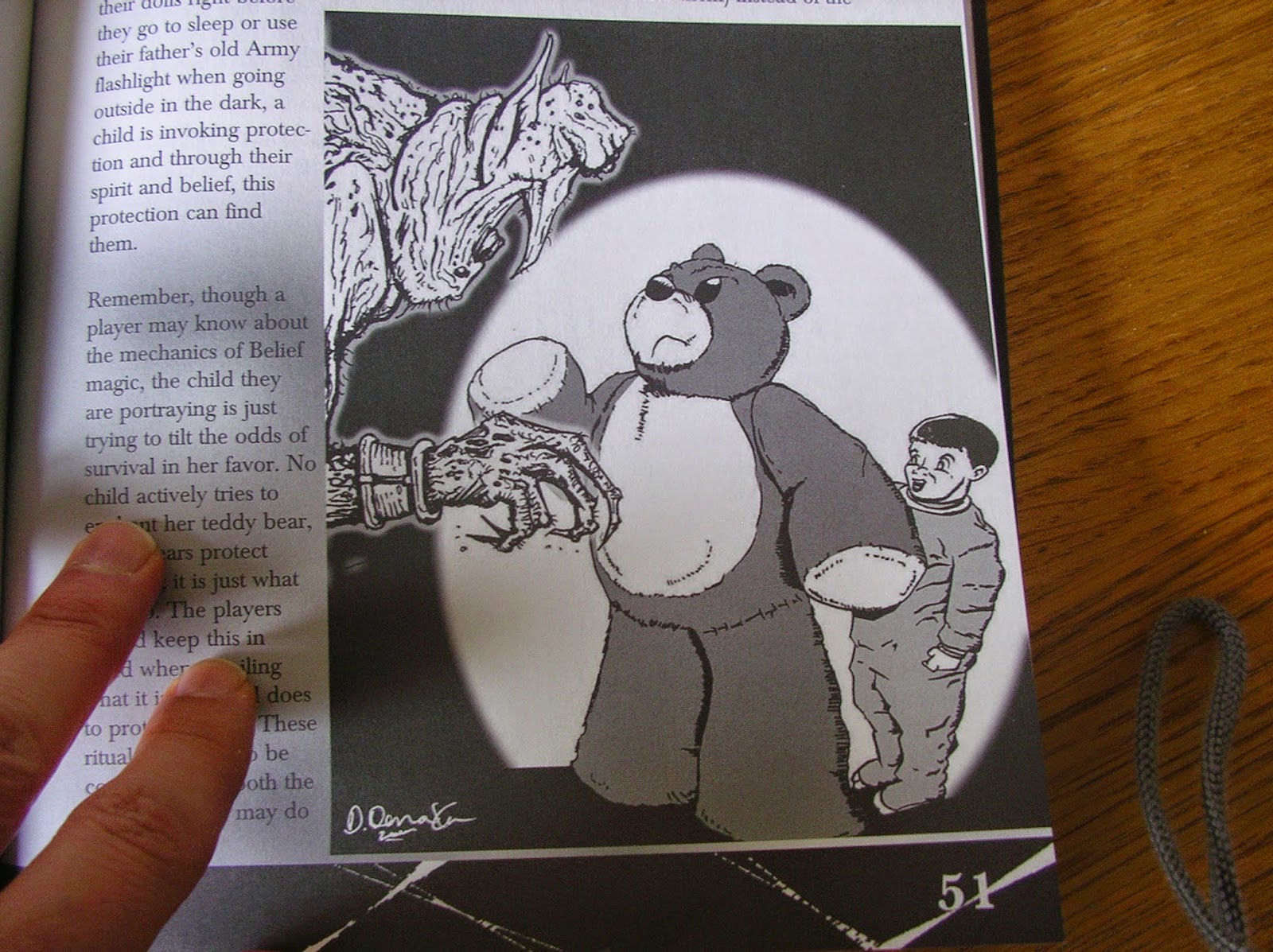The latest kickstarter I participated in was the
Tuscany Kickstarter, an expansion for
Viticulture from
Stonemaier games. I spent the extra money for the second edition of Viticulture, nice box and the metal money. The first player to or past twenty victory points signals the game end at the end of that turn/year. All players then have till the end of that turn/year to get victory points.
The board is a combination of nice art and practical usage. From a glance you have an idea at what is going on.
It is a worker placement game where you first decide on what turn order you want to go in. Most turn order spots have bonuses.
Then begin to place your workers in the summer phase (left half of the board) Once everyone has passed placing units, each player gets either a summer or winter visitor card. Then you start placing workers in turn order until all have been placed. Once the winter phase is done, residual payments for orders filled are given (max five), cards in hand discarded down to seven, first player is rotated counter-clockwise and...
Grapes in the crush pad and cellars are aged. This is one of the important features of the game as you need better quality wines to fill orders worth more victory points. You can also improve your vineyard, including cellar quality, using your personal pad. When you start you get two regular workers, one large worker, two lira, a pinot vine card and a random summer visitor card.
Below are the different vines you can plant. Each field can have no more than six points worth of grapes and many vines need either a trellis or water tower building established before planting.
The victory points continue beyond twenty in case players get more. Money is used as a tie breaker.
Here is an assortment of wine orders. They include reds, whites, blushes and sparkling wine. The purple number is the victory points gained and the orange number is the residual payment.
A note on the workers. The large worker can still be placed on spaces that are filled so that way you are not shut out of an action. You can also hire more workers during the game.
Here is how the whole wine making process works. Say you have already planted three kinds of vines.
Then you take the crush action. You would get a three value grape and a three value white. That is indicated on your crush pad with a clear stone. Each year, if let alone, the grapes would increase in quality by one until a maximum value of nine is reached.
If you take the make wine action, you put the marker for the grapes in the crush pad and put it in the cellar.
You are stuck at a maximum value of three for your wine and it won't age each year until you build a medium cellar. If that occurred, then at the end of a turn/year the three value wines would become a four. It also allows for red and white grape token in the crush to be combined for a blush.
A large cellar would allow for wines up to nine. It also allows for two reds and a white grape token to be combined to make a champagne.
The money the second edition of Viticulture comes with is perfectly fine but the metal money looks and feels better. Can't be stacked though.
Also in the Tuscany expansion is lots of small expansions. Its meant to be like Risk: Legacy where new expansions are opened and incorporated by the winner after each game. The slots for them are great.
Sample expansions are the fruit and cheese expansions.
I've played this game three times now and really like it. Each player can play their own game that is in conflict with others only because others are competing to do the same activities.









































